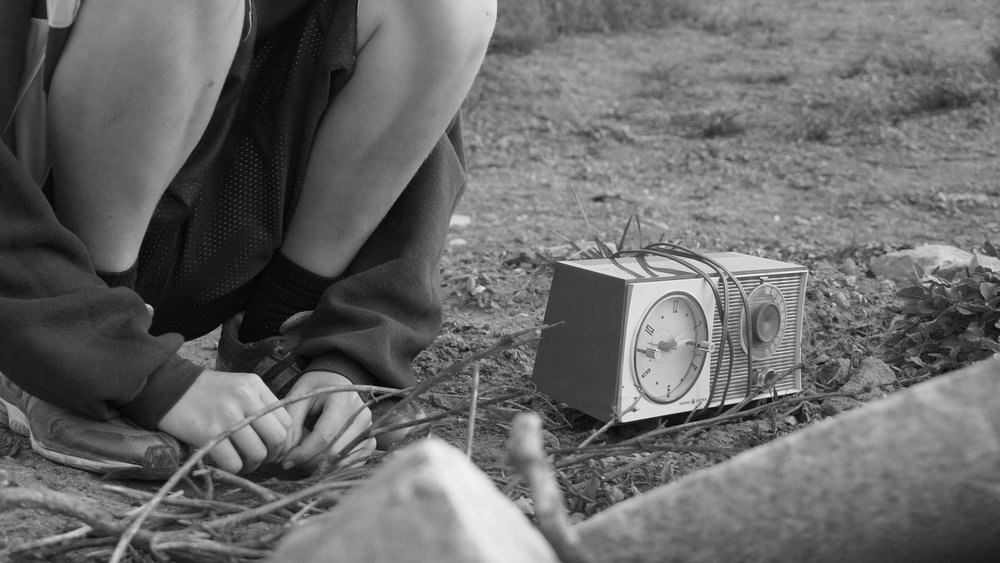Focusing the Image
focusing
So, using the rule of thirds can make focusing a challenge, because most cameras' autofocus use a matrix that favors the center of the frame.
Using Variable Focal Length to Focus
Manual focus: You can frame your subject, zoom in if you have a variable focal length and focus on the main subject and then zoom back out to reframe. It's important not to reframe the image while focusing, the angle and composition should stay the same through the process.
... But this only works when you have a parfocal lens that stays in focus when magnification/focal length is changed. Even with the right kind of lens there will be a bit of focus error, but small enough to be considered insignificant. (Wikipedia contributors. "Parfocal lens." Wikipedia, The Free Encyclopedia. Wikipedia, The Free Encyclopedia, 15 Sep. 2017. Web. 19 Sep. 2017) If you want to get more into the weeds on this subject check this article out:
Mythbusting: Parfocal Photo Zooms
Some DSLR's have magnifier buttons that you can use
To use this function switch the camera into live view mode and using the LCD tap on the magnifier button to zoom in on your subject. Focus until the subject is clear and then exit back to normal view.
Street Videography and photography
“Locking your focus and aperture allows you to shoot continuously without changing either one of those settings. She explains, “You could spend a whole day without any need to focus your camera by setting the focus ring on 3 meters and the aperture on F11. Then everything between 1.8 and 7 meters would be in focus.””
Landscape videography and photography
“When shooting scenery, autofocus will often find something in the foreground, leaving the rest of the scenery blurred, or at least slightly out of focus. In this case, focus on something far in the distance while you’re in autofocus — this will force your lens to focus on infinity. Then, lock that focus by switching to manual before snapping your photo.”
Finally, in your Bare Bones camera course, Schroeppel explains that you always have less depth of field in front of your point of focus than behind it. If you are working with a shallow depth of field, focus on a point 1/3 the way into the area you want to focus.


